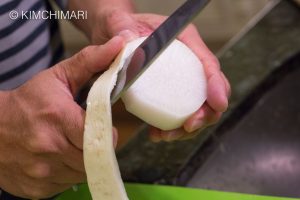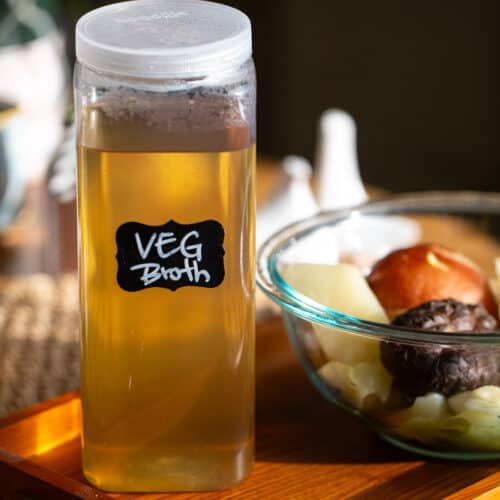What is Korean radish ?

Korean radishes look similar to and are often confused with daikon radishes. They are from the same radish family, but they have a different flavor, and are shorter and more round than the long, thinner daikon. Korean radishes are a root vegetable with a white, slightly shiny skin, often with a pale green top, stems, and leaves. They have a stronger flavor than daikon, and are also denser. They are used throughout Korean cuisine, and have been added to almost every type of dish. Radish kimchi and non-spicy pickled radishes are common side dishes to make with Korean radish, as well as braising, drying and seasoning. It can be used in wraps, soups, and stews too.
Not To Be Confused With
Daikon radish
Where and What To Buy
Korean or Asian grocery stores. Be sure to look for the radishes that are fatter and rounder, with a light green on top as to not mistakenly purchase daikon.
How to Clean/Store
Korean radish will be prone to rotting more quickly if exposed to moisture. It is best stored wrapped in paper or in a crisper drawer in the refrigerator. It can also be frozen after being cut into pieces. However, once frozen, it cannot be used for kimchis, but exclusively for soups and stews.
Recipes that use it:
Vegetable Broth for Korean Recipes
References:
https://en.wikipedia.org/wiki/Korean_radish







